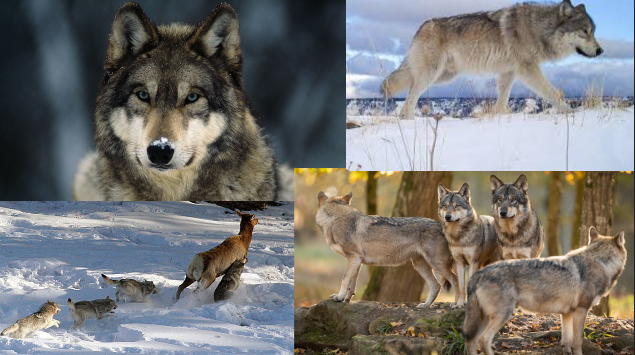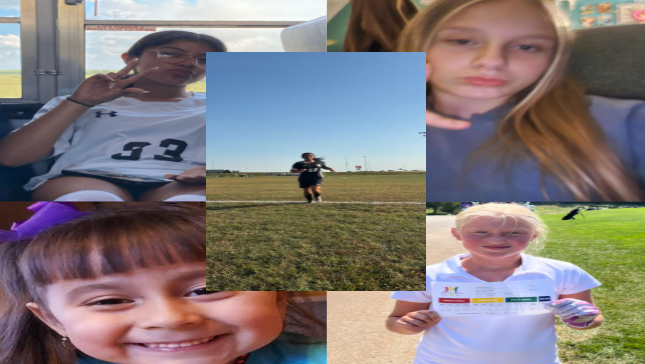According to nrdc.org, “Gray wolves went from roaming nearly all of the contiguous United States in the 19th century to being hunted to the edge of extinction by the middle of the 20th century.” Over the past few hundred years, the population of wolves has been significantly reduced. This is due to many reasons, though a few are the fact that there was a “government-sanctioned extermination plan…” As well as that farmers believed they were one of the only predators (instead of things such as cougars and coyotes), and killed them when spotted on farms, or killed when expanding land. But this doesn’t mean that wolves are horrible. In fact, wolves are pretty cool. From their eating habits to the way they pack together, their life is truly fascinating.
Wolves typically live in small groups, or packs, which consist of an average of 6-8 wolves. With an average of 3-5 pups born in spring, most of which will pass or disperse (leave the pack) at the age of 2. If the majority of the pups stay, it’s due to the pack already being fairly small. Occasionally, a dispersal wolf will join a pre-existing pack, typically when the male/female mate dies and a new mate is needed. Usually, the pack consists of all relatives, with the exception of a dispersal joining. Rather than the well-known A/B/O (alpha/beta/omega), there are no fights for dominance within the pack. The mates (or parents) will sit at the “top” of the pack, with their siblings and litters below them, and the newest litter at the bottom.
So, why are packs so important? Well, if wolves don’t work together, almost flawlessly at that, things could end up deadly, typically through starvation. When a hunt is needed, the average number of wolves they bring along varies between 2-5, depending on the pack size and the creature they intend to hunt, usually within the Cervidae family. The most common animal for wolves to target is the elk. Wolves prefer to pursue their prey rather than attacking while their prey is still and able to defend themselves and each other easily. Wolves target the weak, sickly, and young elk of the herd, herding their target away from the others, soon striking their prey. With any luck, they’ll have a successful hunt.
After a hunt, the wolves of course would eat their prey. Contrary to popular belief, the wolves do not eat in a way of alpha first, then beta, then omega. Instead, the hungriest wolf would eat the most, with the least hungriest eating the least. Once everyone has eaten, some wolves will rip off chunks of meat, bringing it back to the den. Here, the weaker wolves left behind would eat, and the adults would regurgitate meat held in their throats for the pups to eat.
Wolves are truly amazing animals. From the way they pack together with their families to how they hunt as a group, providing food for the weak and the young. If you’re interested in learning more about wolves, one site to check out is nwf.org, the National Wildlife Federation. Simply search wolves, and you’ve got the secrets of these pups in the palm of your hand!








